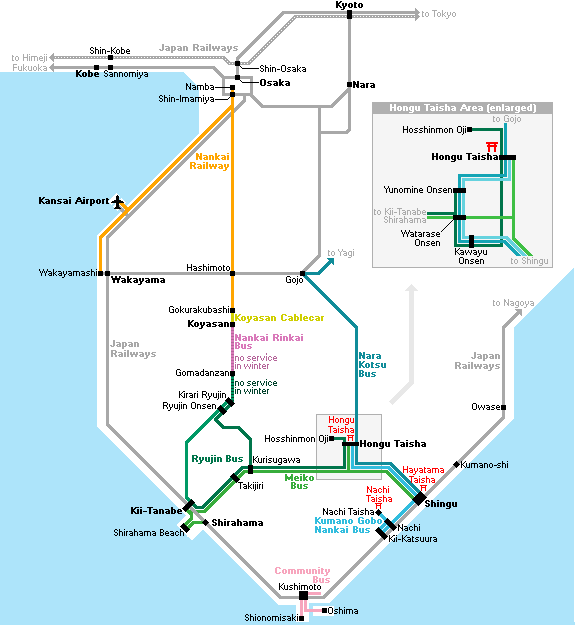- 3.5 h
- ¥23,000 - 41,000
JAL operates multiple flights per day between Tokyo's Haneda Airport and Nanki-Shirahama Airport. Flight duration is 70 minutes. The regular one way fare is around 40,000 yen, however discount tickets are usually available for around 22,000 yen.
From Nanki-Shirahama Airport, you can reach central Shirahama and JR Shirahama Station in about 20 minutes by bus. Several rental car outlets are available at the airport.
| Airline | Lowest fare | Average lowest fare |
|---|---|---|
| JAL | 14,900 yen | 17,672 yen |

